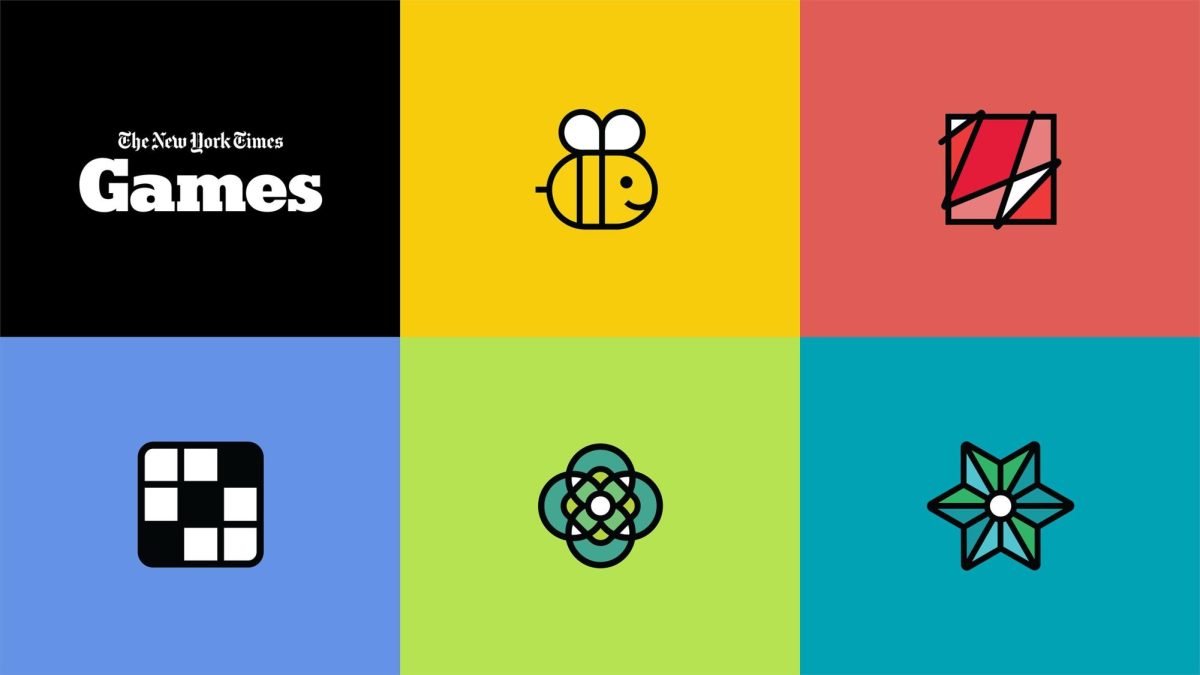Nobody likes the idea of young adults melting their brains through the screens of their phones, but what if they were using those same screens to exercise their minds?
Since the New York Times released its crossword in 1942, the media outlet has been putting people to the test with their word games. While doing the crossword puzzle in the paper is some people’s cup of tea, with the short attention spans and lack of worldly knowledge of the modern-day teenager, New York Times mini-games have become an everyday routine for many.
These mini-games update every day with new prompts and new answers which is what makes them so addicting. That and the fact that they’re so easily accessible.
The New York Times’ first set of mini-games included the mini crossword released in 2014, followed by Spelling Bee, Letter Boxed, Tiles, and Vertex. These games went virtually untouched until Wordle was released in 2022 which sparked the popularity of these daily challenges and paved the way for their newest game, Connections.
One thing that all teens benefit from is a routine. For the screenagers of the world looking to build new neurological pathways, the daily mini-games are a good compromise.
Word games improve vocabulary, cognitive skills, and problem-solving skills. While it may sound far-fetched, over time, completing a daily word game may even help to boost self-esteem and overall mood.
The benefits of word games go on and on but the reason people are playing them is because they’re fun. These games spark competition among players.
Games like Wordle and Connections seem to be the most talked about because you’re only given so many chances to get the correct answer. The fewer chances you waste, the more you have to boast about.
We’ve pretty much surpassed the days of bragging about how fast you got the Wordle of the day so good thing there are 5 other options.
Scrolling on TikTok and through Instagram feeds has a chokehold on teens. If the urge presents itself to pick up your phone, try out a word game instead.







